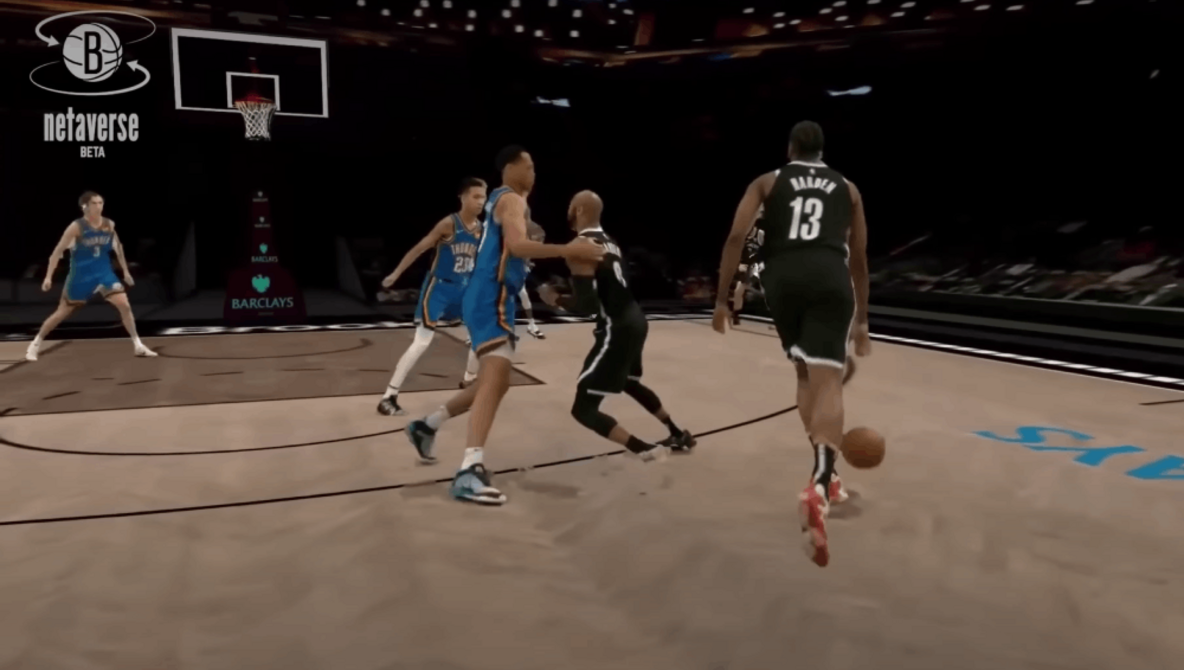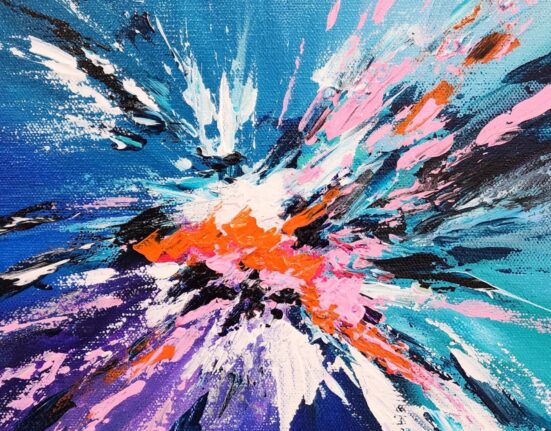If you have watched sports long enough, you know that the quality and novelty of the broadcasts has improved by leaps and bounds in recent years, with an explosion of live visual effects. This fun video pulls back the curtain and takes a look at just what goes into all of that.
Coming to you from Corridor Crew, this neat video takes a look at the visual effects of live sports. In the ever-evolving world of sports broadcasting, the integration of visual effects has not just transformed the viewing experience but has also elevated it to an art form. What caught Corridor Crew’s attention was not the game itself, but a real-time percentage tracker displaying a player’s shot probability. This moment marked the beginning of an eye-opening journey into the intricate world of visual effects in sports.
The journey starts with a historical perspective, highlighting the groundbreaking introduction of the digital scoreboard in 1994. This innovation wasn’t merely about displaying scores; it represented a significant technological leap, involving complex integration of various stadium scoreboards and real-time data processing. It set a precedent for the incorporation of real-time information in sports broadcasts, changing the viewer’s experience from passive watching to active engagement. As someone who is just old enough to remember that, it’s hard to explain what a groundbreaking step it was for the viewing experience.
The narrative then shifts to more sophisticated technologies like the NFL’s digital first down line. Introduced in 1998, this feature used advanced techniques such as 3D field representations and color filtering to create a clear visual goal for the offense, making the game more accessible to new fans. Similarly, the MLB’s K Zone brought a new dimension to understanding baseball by visually representing the strike zone using high-tech camera systems and real-time calculations.
Moreover, the use of RFID tracking in NFL games has allowed for detailed statistics and movement tracking of players, enhancing the analytical aspect of viewing. The advent of volumetric capture in golf and its application in other sports has further pushed the boundaries, enabling viewers to explore games from angles previously unimaginable, or even watch the game in virtual reality.
This transition in sports broadcasting mirrors the larger trajectory of visual effects in cinema, yet with a distinct challenge: the need for real-time execution. Unlike Hollywood, where visual effects can be refined over months or years, sports broadcasts demand instant creation and integration. This immediacy adds a layer of complexity and innovation, making every broadcast a feat of technological and artistic prowess.
Just like its other aspects, such as the commentary, the essence of sports broadcasting lies not just in the visual spectacle but in storytelling. The most impactful visual effects are those that enhance the narratives, emotions, and human stories at the heart of sports. It’s a reminder that behind every captivating broadcast are unsung artists and technicians, constantly pushing the boundaries to connect us more deeply to the sports we love. Check out the video above for the full rundown.







